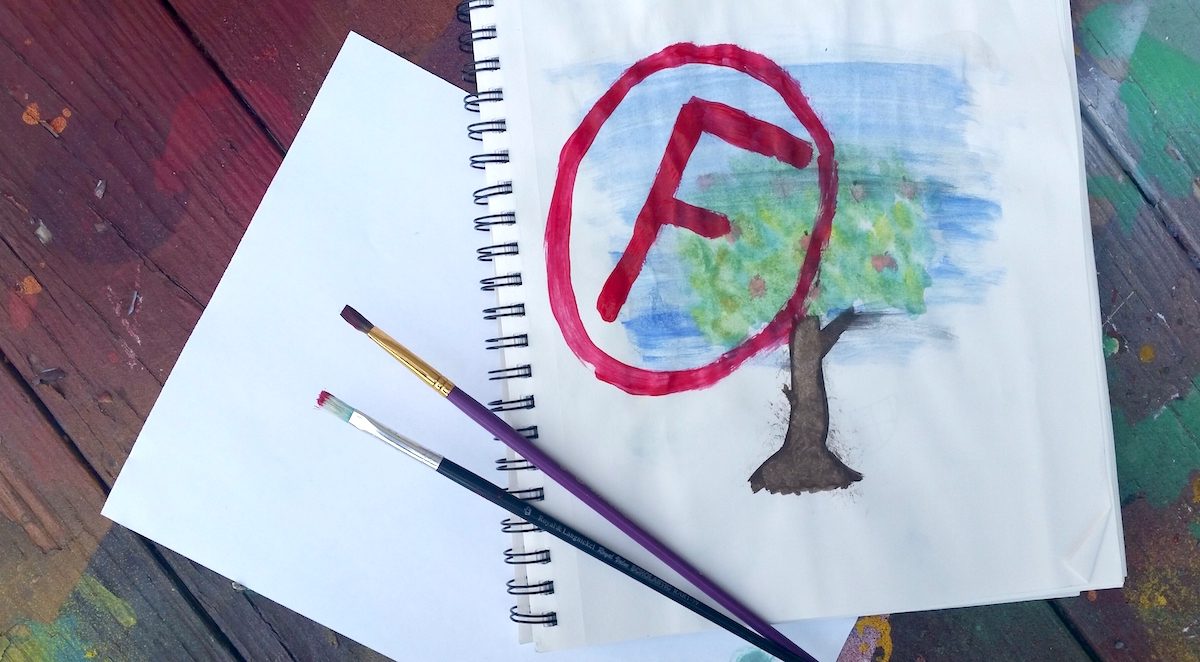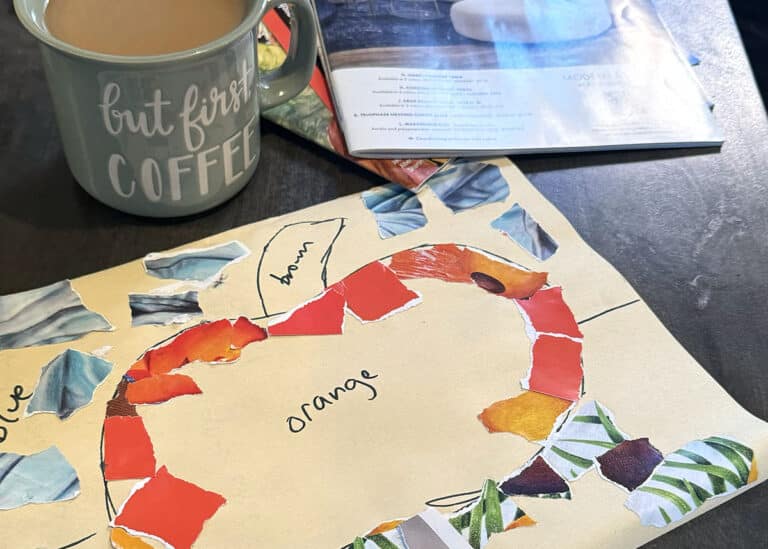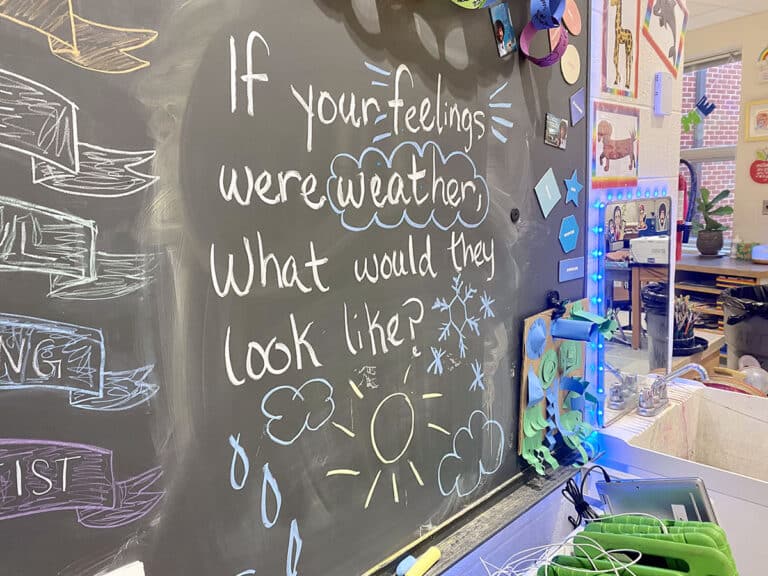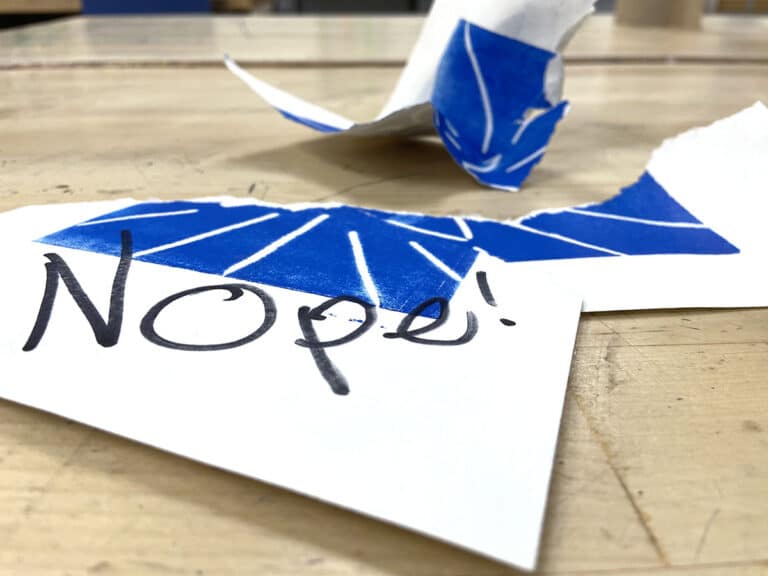We’ve all had them: The student who hurries through the assignment – work sloppy and incomplete. The one who turns in something that looks like it took all of half an hour when they had three days to work on it in class. The kid who skips planning and jumps right into the final project, wasting precious supplies.
“Ugh,” we think. “This kid is so…lazy…apathetic…careless…”
It’s easy to blame the student, it just not always fair or right. Instead, we need to start by examining our own behavior and practices because the reality is when children don’t achieve, more than one person has failed. It’s our job to do something about it, not just complain or make excuses.
The best teachers look at failure as the start of a conversation, not just a low mark to be added to the grade book.
They don’t place blame. Instead, they problem-solve, asking:
- Why did this happen?
- How can I teach it in a way that will work?
- How can I improve this lesson for the future?
Here are three common mistakes we make when kids fail and what to try instead.
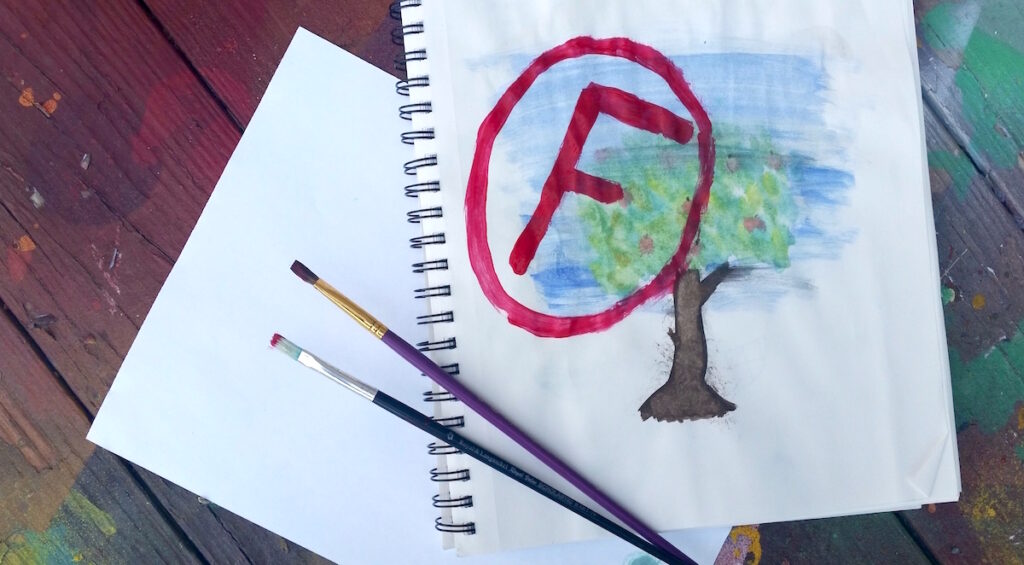
1. Instead of blaming the student, find out what went wrong.
What looks like laziness can be a lack of understanding, or purposefully putting minimal effort in to save face. It could also be that your lesson needs retooling. If a student’s work doesn’t meet your goals for the lesson, sit down with them and figure out what went wrong together. Better yet, catch misunderstandings before work is finished by monitoring work in progress and addressing issues as they develop.
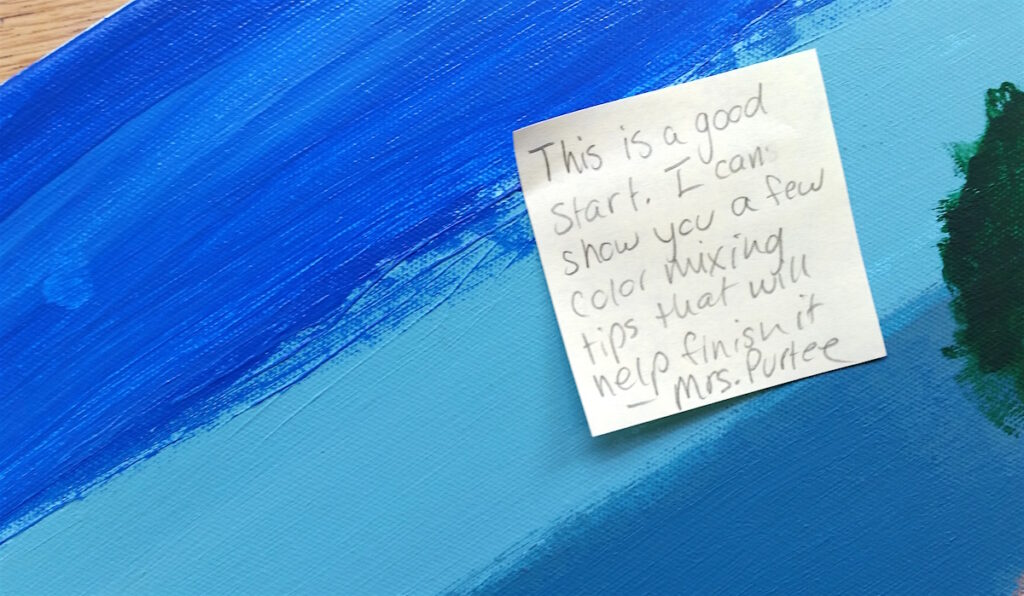
2. Instead of using grades to punish, start a conversation.
Many teachers are guilty of using grades as a form of punishment. Work is late, sloppy, or hurried? Points off! That will show them! The problem with this approach is that it does nothing to fix what caused the issue in the first place, it will almost always make things worse and it’s just unprofessional. So, ask your kids what’s going on and work with them to improve. Instead of taking off points, ask them to re-do it, saying, “I know you can do this!”
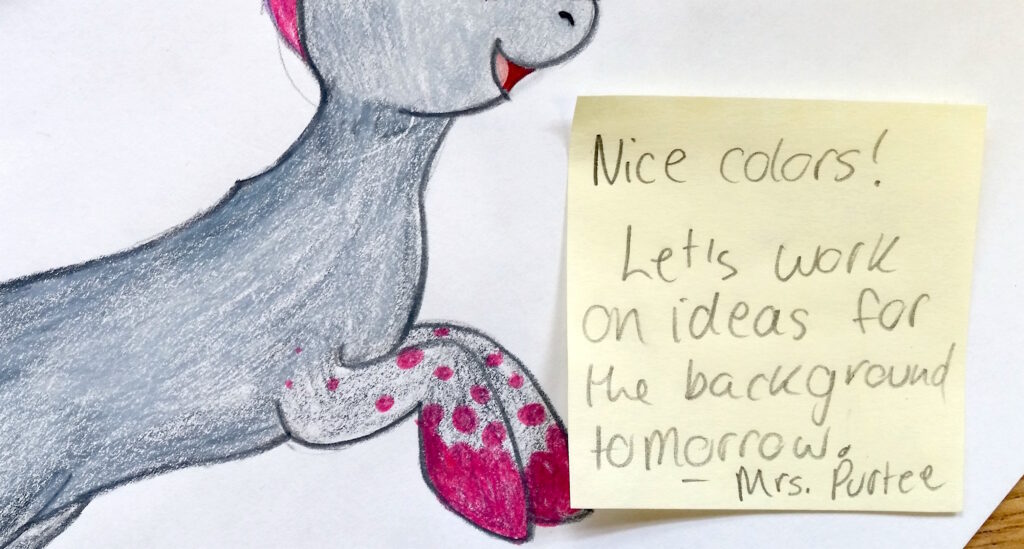
3. Instead of taking it personally, work to build relationships.
Student-teacher relationships play a large part in the success or failure of students. When you see a student challenged by a class you teach, especially if it’s behavior-related, get to know them ASAP. Try asking them one question per class about their likes and interests. Find something they care about – or better yet – something you have in common, and build on it.
The Takeaway
When kids fail in art, don’t blame them, act to solve the problem instead. Try to build a relationship by getting to know your students. Ask them what’s going on when work isn’t up to snuff and work together to come up with a plan to improve. Reteach when kids don’t understand content. Trying these strategies will not only make your students successful, it will make your job easier and maybe even bring you some joy. The bottom line is this: if you find yourself in a classroom full of horrible, lazy children who don’t try on their assignments, then you need a new approach or a new job.
If you’re interested in learning more about running a more creative, student-centered classroom, be sure to join me at the Summer 2016 Art Ed Now Online Conference where I’ll be presenting Ideas First: Teaching for Creativity at All Levels. Walk away with tools to revitalize your curriculum and an understanding of why kids need to use their own ideas in everything they do.
How do you approach failing grades in your classroom?
What’s your philosophy?
Magazine articles and podcasts are opinions of professional education contributors and do not necessarily represent the position of the Art of Education University (AOEU) or its academic offerings. Contributors use terms in the way they are most often talked about in the scope of their educational experiences.
